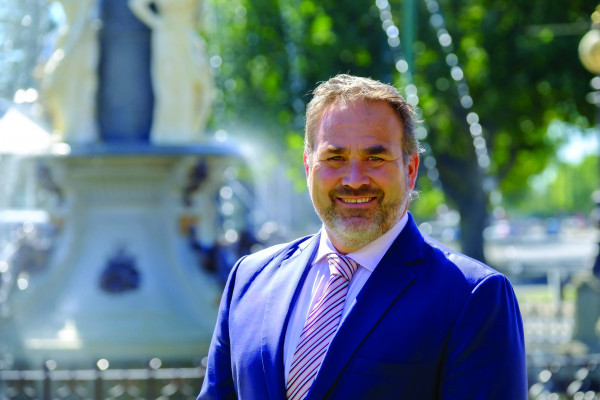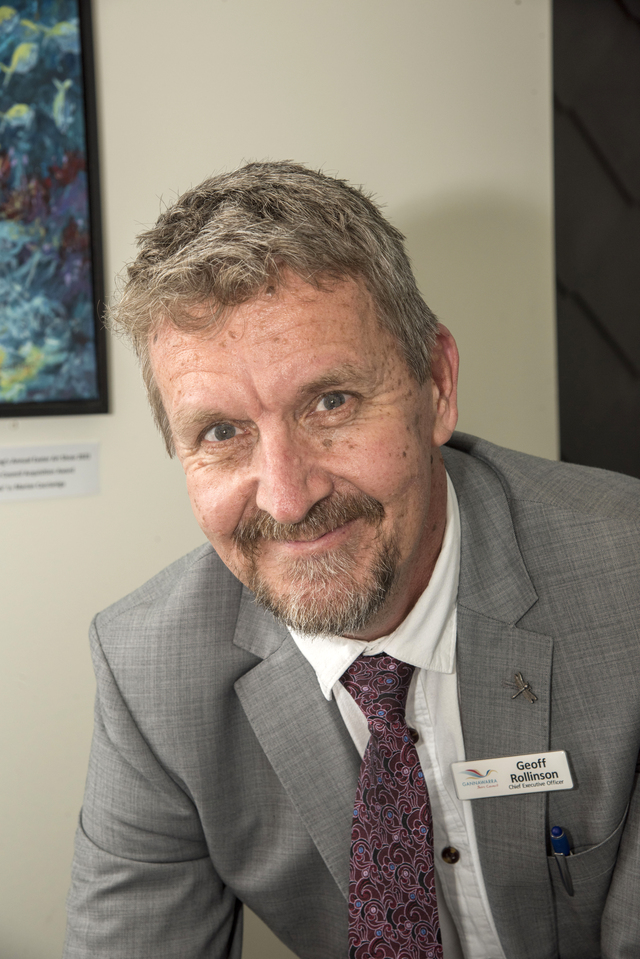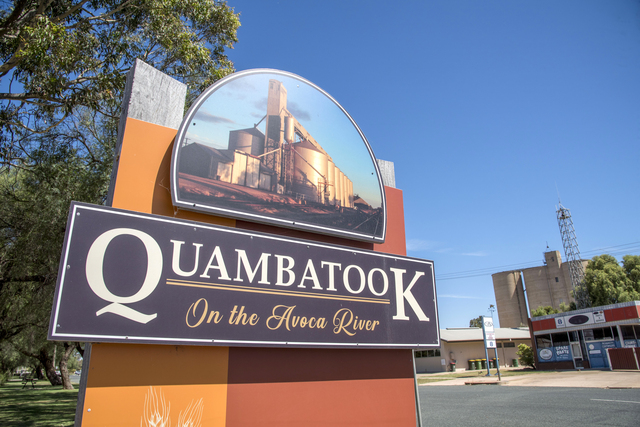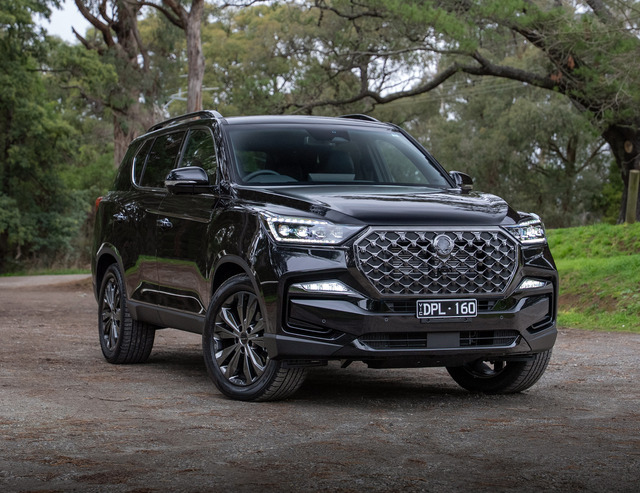THE Murray Primary Health Network’s (PHN) first health report for the year has highlighted the health issues and opportunities for older people.
The Murray PHN region, which spans 100,000 square kilometres and has a population of 650,000, which is getting proportionally older, with a quarter of its residents projected to be aged over 65 by 2030.
Chief executive Matt Jones said an ageing population creates additional pressures on an already stretched health care system.
“Issues not typically linked to health, such as homelessness or social or economic disadvantage, must also be considered for their impact on a person’s ability to age well,” he said.
The report describes some of the current service system challenges faced in residential aged care facilities, such as the difficulties in accessing GPs, or caring for First Nations’ elders when there is only one culturally-appropriate facility available locally, with a long waiting list.
Mr Jones said that while understanding the issues of their ageing population had always been a priority, they had only recently received funding to support region-specific projects.
“It’s no secret that the aged care sector needs drastic and urgent reform to develop more consistently accessible, integrated and patient-centred services,” he said.
“For the first time, Murray PHN has received more than $11 million for the next four years, which will help us work towards addressing some of the complex issues faced in the sector and as mentioned by the Royal Commission.
“Specifically, these funds will be used to support increased telehealth access for aged care facilities, including increasing the capacity of aged care staff to use telehealth, improving co-ordination of care for out-of-hours medical care for residents and early intervention to benefit those aging well while remaining at home.”
Leading this work is Murray PHN’s new strategy and performance unit, which is consulting with community and medical advisory councils, Aboriginal Community Controlled Health Organisations and aged care facilities, to discuss issues and opportunities, including pandemic and workforce pressures; software interoperability; cultural responsiveness; funding sustainability; and the different and varying needs of providers across the region.
The report also considers the impacts of ageism, the importance of local environments, and the social, physical and other supports available that can help older people to feel valued, remain independent, and importantly age well.
To read the report, visit murrayphn.org.au/murrayhealthreport.







